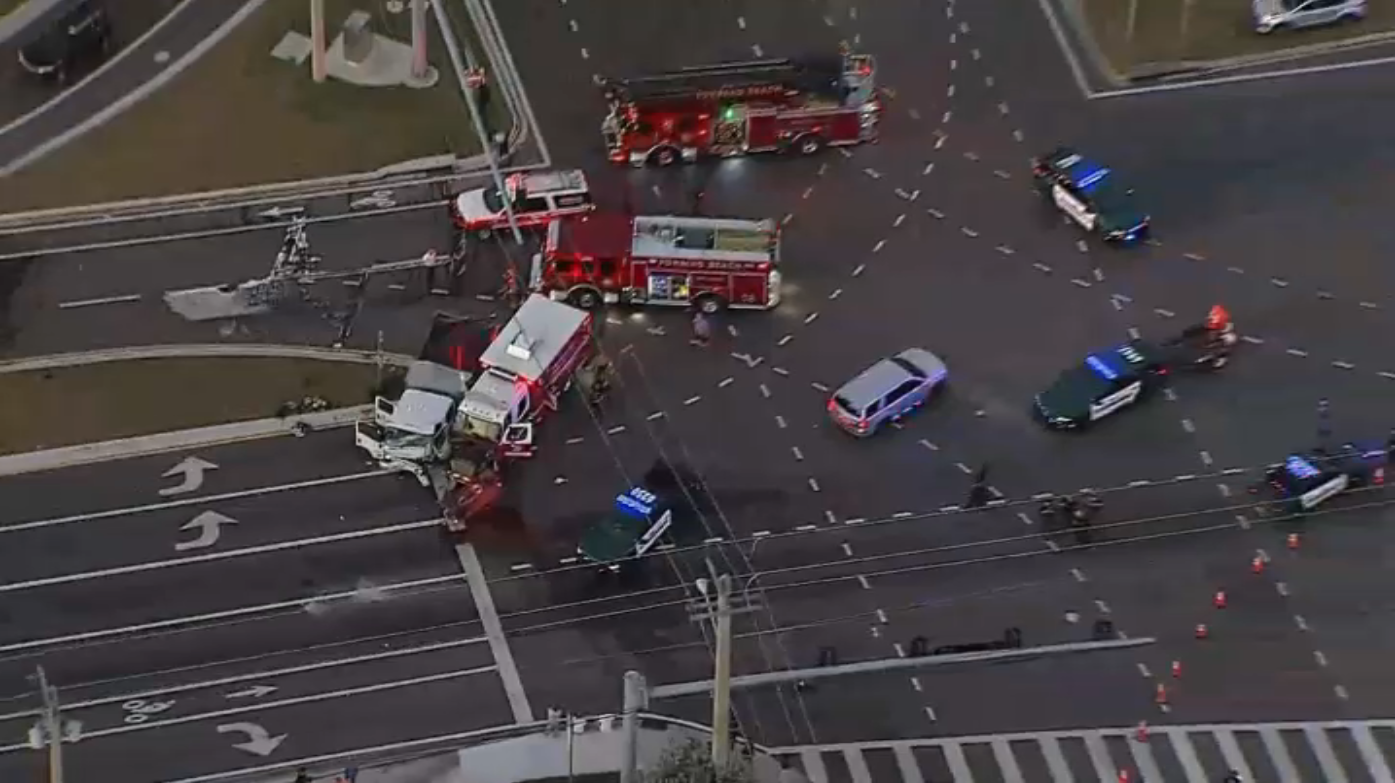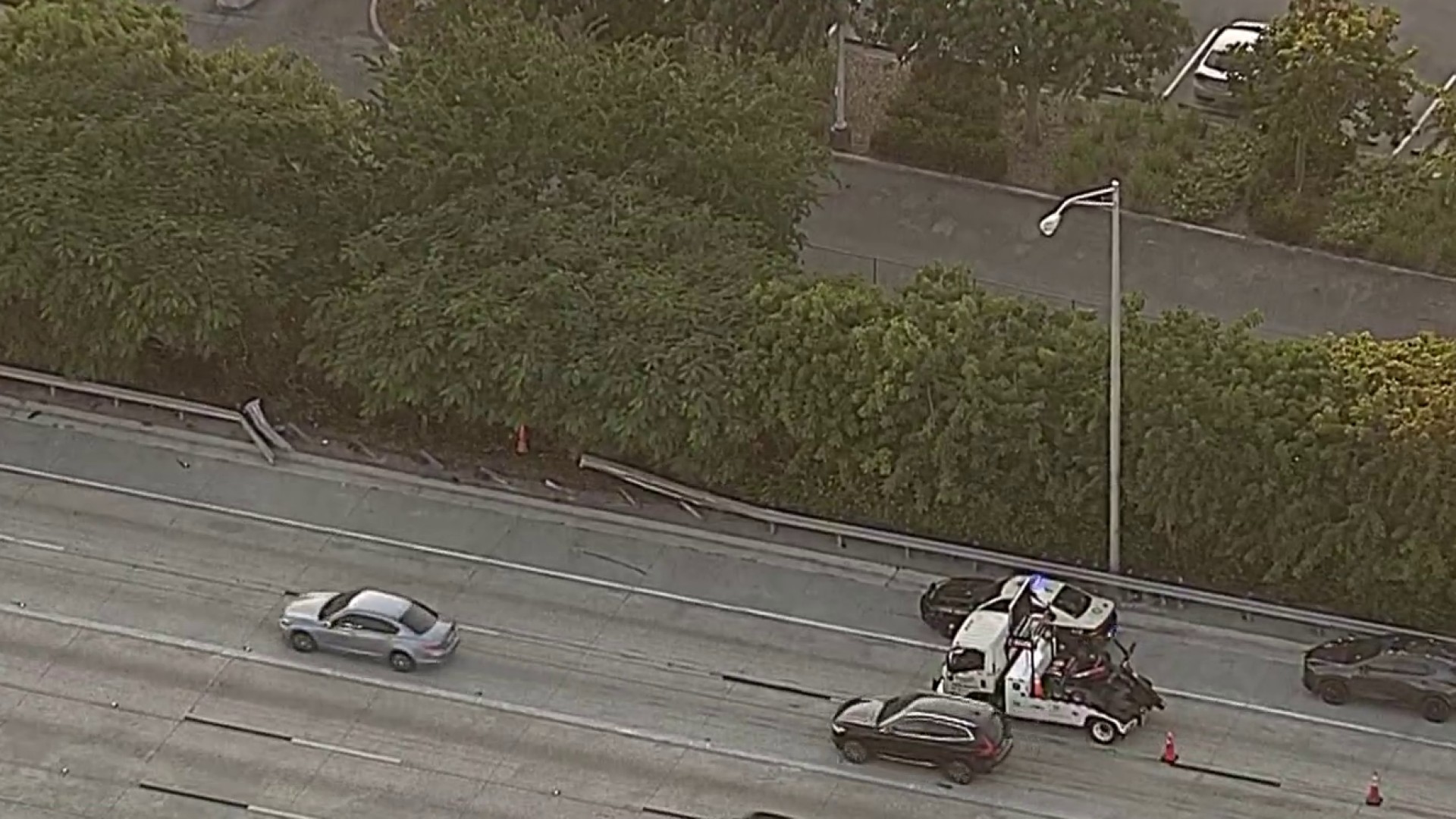Several tornadoes that swept across Florida left extensive destruction and fatalities. But are tornadoes typical during hurricanes or is there something different with Milton? NBC6 Meteorologists Chelsea Ambriz explains:
Tropical tornadoes are formed with the elevated wind shear that comes as the outer band, known as squall lines, across the area. Winds are turning in different directions from the surface to different heights in the sky.
Watch NBC6 free wherever you are
These are typically found on the eastern side of the hurricane as in the right front and rear quadrants (if you were to divide the storm into four parts).

Get local news you need to know to start your day with NBC 6's News Headlines newsletter.
The change in direction comes as there is natural counterclockwise spin from the hurricane itself but the outer bands are moving away from the center causing a slightly different direction of those winds.
These are typically very short lived and weak compared to the large supercell tornadoes that come from single rotating thunderstorms.
What was very unusual about this particular set that impacted our area is the abundant amount of windshear that was available.
Local
This elevated the tornado threat across the area. The isolated storms ahead of the squall line produced individual supercells that were rotating in their shear loving environment. Along with longer lasting rotation within the outer bands.
This created stronger and longer lasting tornadoes.

The stronger they are, the more distrusting they became across the state.
On average, it is common to see weak and brief tornadoes on the EF0 to EF1 enhanced Fujita scale used to rate tornadoes. These seemed to be on the EF1 to EF2 range and it wouldn’t be surprising, based on the damage and the overall wind reports, to maybe even see an EF3 once surveys are completed.
Crews from the National Weather Service offices deploy to damage sites and do surveys to determine the exact strength of a tornado based on the damage.
EF2 and EF3 are very common in areas throughout tornado alley but are not common in tropical systems. This will go down in the record books for the amount of tornado warnings that were issued in a single day along with the pure size of the tornados that developed.
Not every tornado warning produces a confirmed tornado, but we did see 45 reports of confirmed activity according the SPC storm reports .
This could be the same tornado that multiple people saw and created damage in multiple locations too. Or funnel clouds that were reported in the 126 warnings that were issued yesterday.
There were 3 confirmed tornadoes in South Florida. The first one around 4:30 AM in the Redlands, the other two were the cells that crossed I-75 starting around 9:30 AM.



